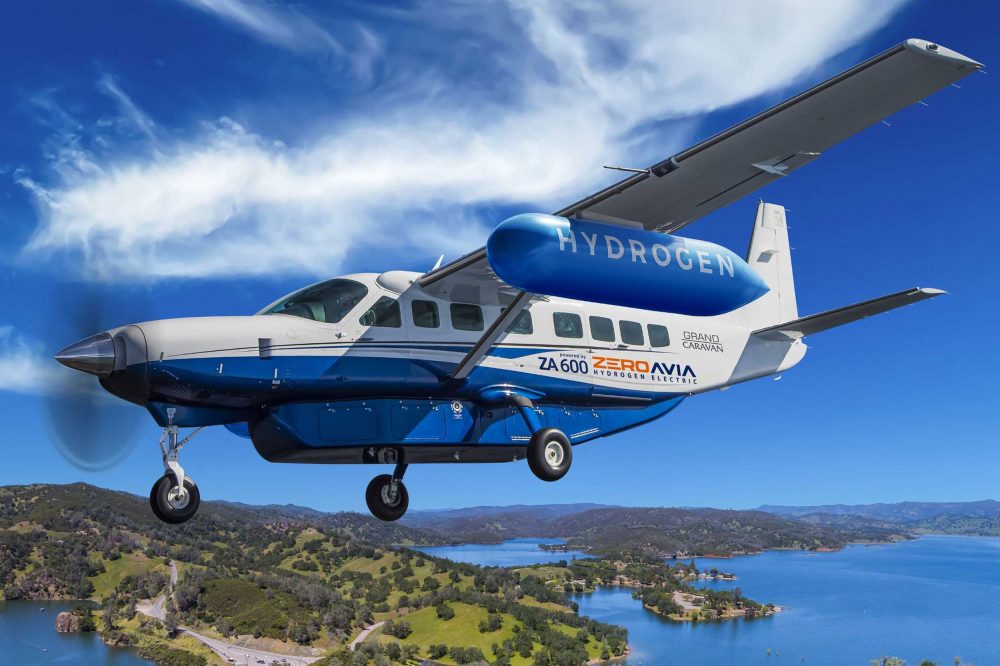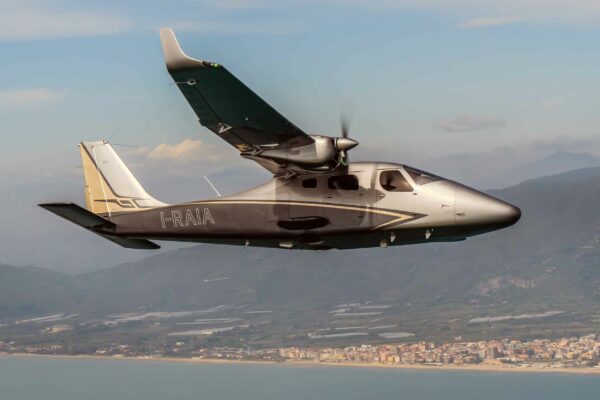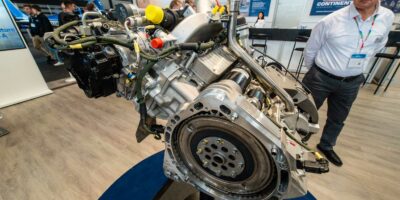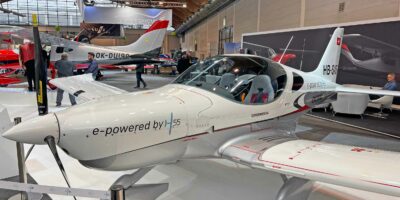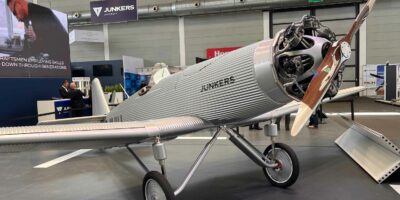ZeroAvia is to supply Textron Aviation with its ZA600 hydrogen-electric powertrain for the Cessna Grand Caravan, replacing the Caravan’s current Pratt & Whitney PT6 turboprop engine.
The first aircraft could be flying as soon as 2025.
ZeroAvia will obtain a Supplemental Type Certificate (STC) to retrofit the Grand Caravan single-engine utility turboprop aircraft with the ZA600 zero-emission powertrain, targeting commercial passenger and cargo operators.
The Cessna Grand Caravan is designed and manufactured by Textron Aviation. Its high-wing design makes it a natural candidate for mounting hydrogen fuel tanks under the wings, ensuring operators can maintain seat capacity or cargo space.
ZeroAvia will develop its ZA600 powertrain system for the Grand Caravan with data, engineering and certification support provided by Textron Aviation. ZeroAvia aims to obtain certification for the 600kW powertrain as early as 2025, enabling customers to operate zero-emission flights.
More than 2,400 Cessna Grand Caravans have been delivered worldwide, representing enormous potential for a shift to clean propulsion. ZeroAvia has already announced several agreements with operators and lessors for conversions of the Grand Caravan.
Val Miftakhov, CEO, ZeroAvia, said, “The famous Cessna Grand Caravan is on track to be one the first airframes operating commercial services – both cargo and passenger – with hydrogen-electric, zero-emission engines. We applaud the visionary leadership of Textron Aviation in joining us to help transform a much-loved mainstay of sub-regional aviation into a symbol of sustainable transformation in aviation.”
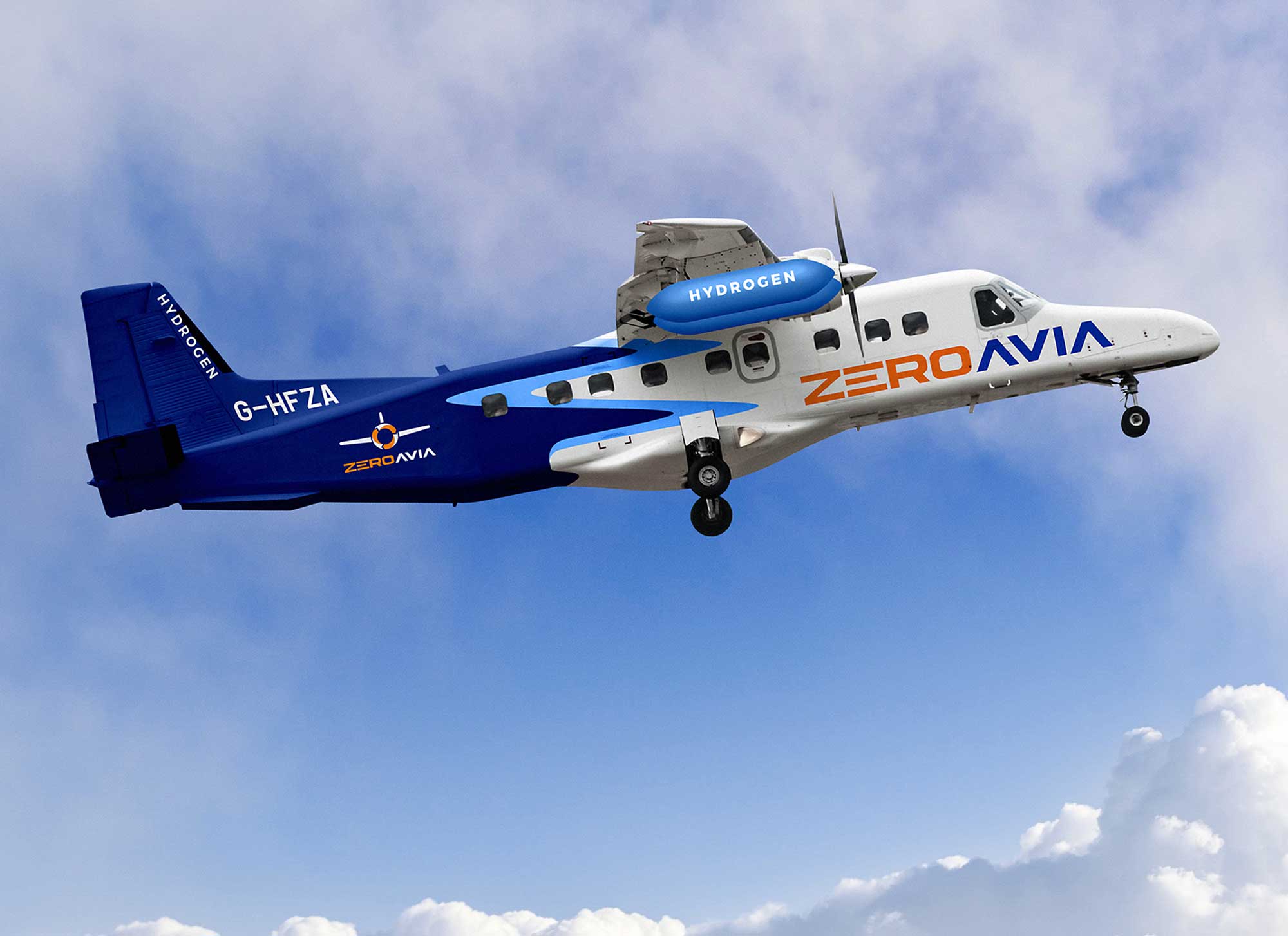
ZeroAvia’s 19-seat hydrogen-electric project is progressing at Kemble
ZeroAvia says it is well advanced in retrofitting its system into a 19-seat Dornier 228 aircraft at its R&D location at Cotswold Airport in the UK, with first test flights anticipated over the next few weeks. The company is actively developing the market for its ZA600 product with different 9-19 seat airframes, while concurrently developing its ZA2000, 2-5MW engine class for 40-80 seat aircraft with an entry-into-service target of 2027.
ZeroAvia’s hydrogen-electric powertrains use fuel cells to generate electricity, which powers electric motors to turn propellers. Hydrogen-electric systems produce only water vapour and at temperatures that enable the management of contrail impact.
The 600kW system is part of the HyFlyer II project, supported by the UK Government’s Department for Business, Energy and Industrial Strategy (BEIS), Aerospace Technology Institute (ATI) and Innovate UK through the ATI Programme.
ZeroAvia


